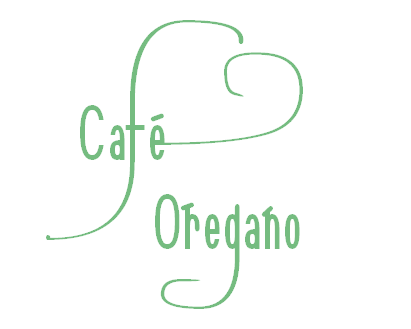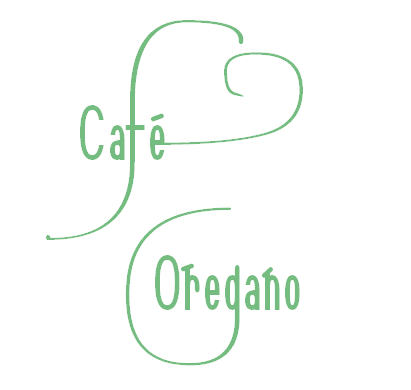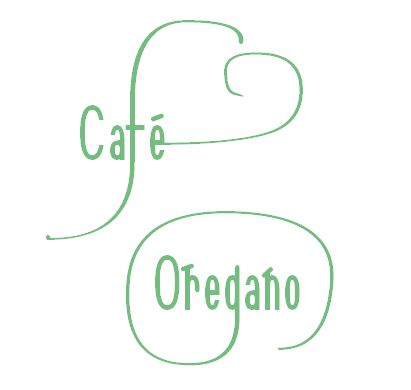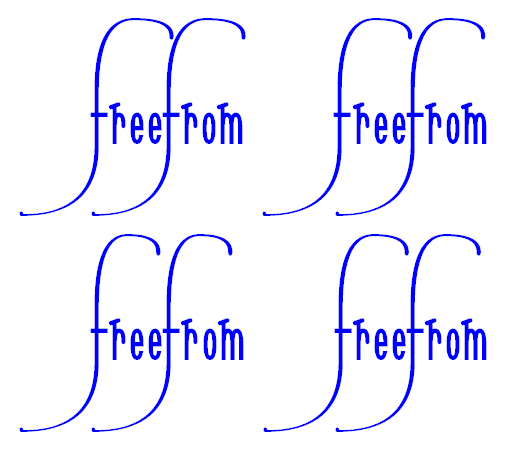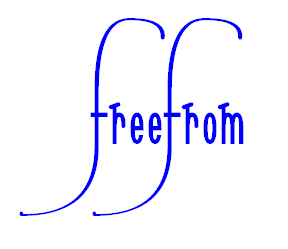Last Saturday morning I experimented with adding some glyphs each of a letter b each with a high sinewave-like calligraphic swash.
The idea is that the sinewave-like calligraphic swash is produced with a minimum number of points. I began with just off-curve points spaced either 256 font units or 512 font units horizontally apart and each with one of just two vertical positions. Thus the sinewave-like calligraphic swash is produced largely by the mathematical nature of the Bézier curves used in TrueType fonts. I then added an on-curve point mid-way between each pair of adjacent off-curve points.
Here is some transcript.
---- Start of transcript
7:33 am
Open SONNC021.TTF.
Save as SONNC022.TTF.
Use Tools AutoNaming… so as to adjust the name and date.
Add U+E5EF Alt 58863 as a copy of U+E5E7 and then delete all except the basic letter b.
Add a sine-wave-like flourish.
Add U+E5F0 Alt 58864 as a copy of U+E5EF and try to make the flourish diminish as it goes along.
There are eight blocks of 256 to go in by 256 either down or up.
So that is 32 font units per block for a linear diminishing.
This leaves one point as off-curve extreme, so use automated validation to fix this problem.
This seems to be too much diminishing, on a purely subjective aesthetic basis.
So, try again by adding U+E5F1 Alt 58865 as a copy of U+E5EF, this time using a diminishing of 16 font units per block.
---- End of transcript
When producing the diminishing curves, I first deleted the on-curve points that were between the off-curve points of the sinewave-like calligraphic swash and then moved most of the off-curve points vertically. I then added an on-curve point mid-way between each pair of adjacent off-curve points. This left one point as an off-curve extreme point, so I used automated validation to fix this problem.
SONNC022.TTF
Here is some text ready to copy onto the clipboard and then paste into WordPad and then format at 72 point using the Sonnet Calligraphic 022 font in case any readers would like to try the font.
banana
anana
anana
anana
William Overington
10 May 2010
